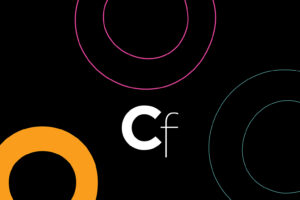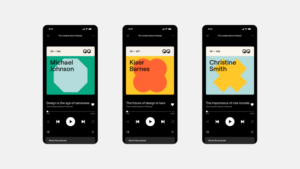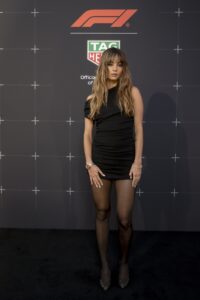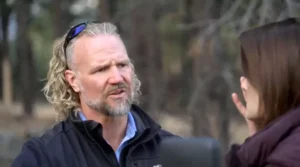The Experimental Composers Who Inspired a Generation of Artists
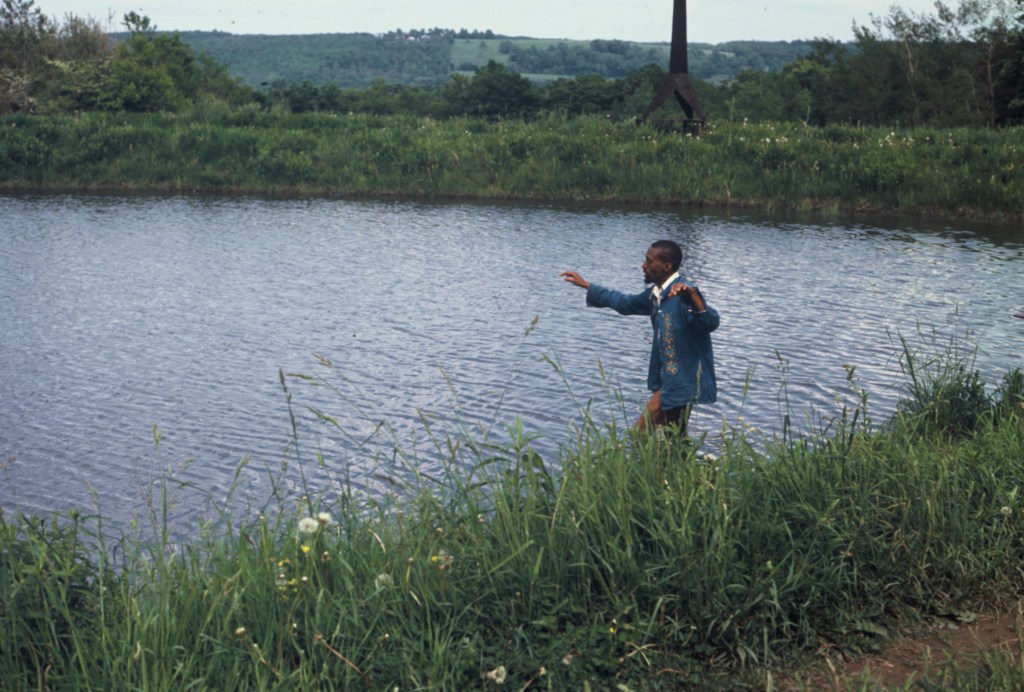

LOS ANGELES — “Speak boldly!” says musician and composer Julius Eastman in the 1981 prelude to his musical composition, “The Holy Presence of Joan d’Arc.” In REDCAT’s newest exhibition, World of Echo: Julius Eastman and Arthur Russell, Eastman’s bold speech is often heard only in echoes: between the present and the past, the dead and the living— and, most prominently, between the exhibition’s main subjects, longtime friends and musicians Julius Eastman and Arthur Russell. What results is a vibrant polyphony culled from ephemera, recordings, and video documentation, a chorus that charts Eastman and Russell’s careers as solo artists and collaborators prior to their untimely deaths in the early 1990s, both from complications related to AIDS.
The exhibition unfurls around a 10-channel video and sound installation in the room’s center, featuring three taped performances by Russell and Eastman: Russell and Phill Niblock’s “Terrace of Unintelligibility” (1985); Andy de Groat and accompanying dancers’ performance of “The Holy Presence of Joan d’Arc” at the legendary — and still operational — NYC nonprofit the Kitchen in 1981; and a cello performance of the prior Eastman piece, mixed and recorded last year. Their display stages myriad connections between the pair, even between compositions they did not develop together. In “Terrace of Unintelligibility,” Russell’s repetitive, nearly indecipherable vocals begin to resemble Eastman’s “Joan d’Arc,” which stars an operatic vocalist who repeats the words “he says” and “she says” until the phrases themselves sound as abstract as a cello.

Eastman and Russell are both known for their avant-garde, artistic autonomy, but REDCAT’s exhibition reveals both in curation and in content how much of their work depended upon a vast, ultimately unstable network of social, financial, and institutional support. The central audiovisual installation bleeds across the rest of the exhibition, inflecting a ring of more historical, explanatory displays with the irreducible thrum of Russell and Eastman’s music. Of these, a small section devoted to Eastman’s 1978 conducting of Russell’s piece “Instrumentals” at The Kitchen stands out. The performance utilizes the Orchestra of New York, one result of the short-lived Comprehensive Employment and Training Act (CETA), a federal program that provided funds and jobs for artists in the public sector. Following the repeal of the act in 1982, though, and struggles with addiction, Eastman died penniless and homeless in 1990. Imbued with that knowledge, Russell, Eastman, and the Orchestra of New York’s performance feels wistful, its sporadic drumbeats, whistles, and horns coalescing to form a too-brief cacophony.
Also in the exhibition are innumerable artworks, compositions, and musical scores by other artists: A video work by Justin Leroy appears adjacent to a recording of electronic musician Julia Holter’s 2009 tribute to Arthur Russell, “You & Me Both,” and across the room lies Devendra Banhart’s painted ode to the artists, entitled “Vis” (2025). This overwhelming range of work reveals the extent of Eastman and Russell’s influence over a generation of musicians, artists, and curators — even if they are not alive to see it.






Julius Eastman and Arthur Russell continues at Redcat CalArts Theater (631 West 2nd Street, Los Angeles, California) through May 4. The exhibition was organized in collaboration with LA Phil Insight and Wild Up. It was curated by Katy Dammers with Elizabeth Cline, Talia Heiman, Mark McNeill, Christopher Rountree, and Julia Ward.
